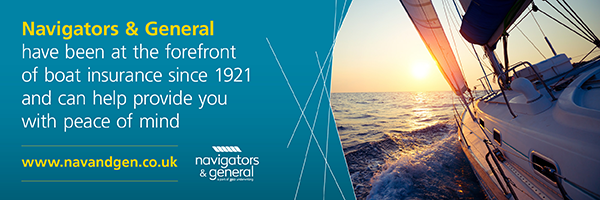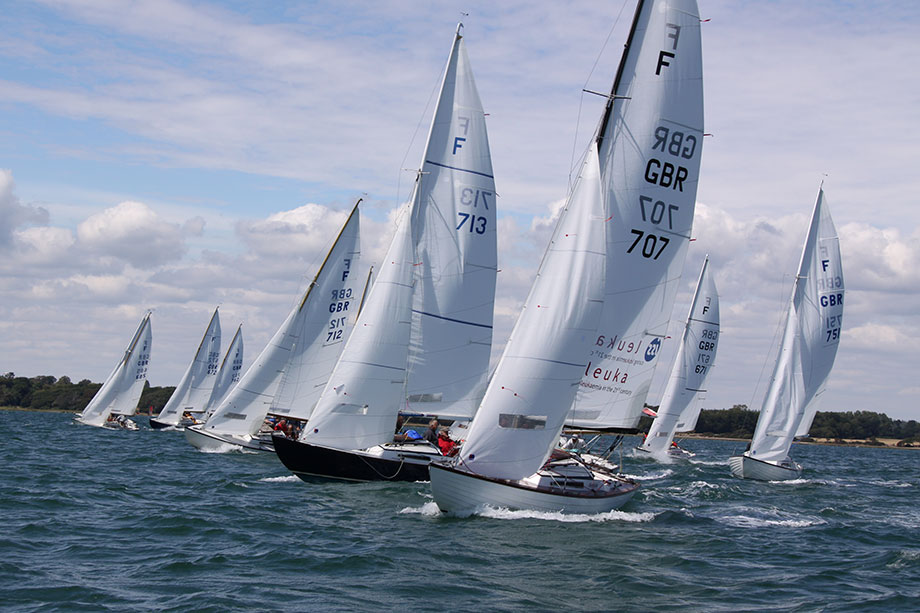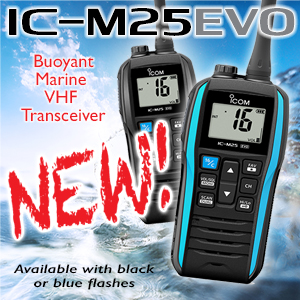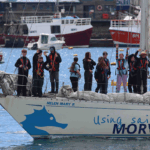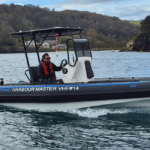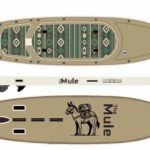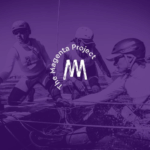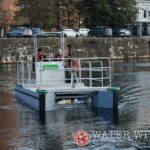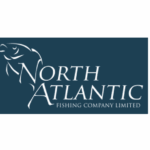This year celebrating its 80th anniversary, the Nordic Folkboat stands out as the most successful design in the history of the Round the Island Race with remarkable competitive longevity.
As Nordic Folkboat fleets across the Western Solent (and around the World!) gear up for the 2022 Sessan Cup and the UK National Championships, both to be held at the Royal Lymington Yacht Club in September, all eyes will be on Folkboat performance at this year’s RTI on 25 June.
Folkboat success in the RTI
If you want to win the Round The Island Race, you need the right boat; one that will benefit from the tidal gates in this race. Past history tells us that the overall winner will generally come from either IRC Division 3D or IRC Division 0.
Now, if you have a spare £200,000 in your pocket then you might be able to get hold of a second hand TP52 in IRC Division 0. But less than £20,000 will afford you a boat in Division 3D with arguably a better chance of a top place!
Within IRC Division 3D, the Folkboat stands out. It benefits from tuning up with close one-design class racing in Solent waters, which helps it to sail to its optimum in these conditions. No wonder then that the Nordic Folkboat has won the Gold Roman Bowl on four occasions in the last 16 years.
The Folkboat is the most successful design in the history of the Round the Island Race, with success under several handicapping systems demonstrates its remarkable competitive longevity.
Folkboat success in the early days
The first Round The Island Race, organised by the Island Sailing Club, was run on 11 July 1931. This inaugural race had 25 entries and the winner was one of the smallest boats in the fleet; a 22ft Cornish fishing boat named Merry Conceit. This result clearly set a precedent for the smaller boats to take overall honours in this race.
By 1939 the RTI fleet had grown to 80 entries but then the Postponement Flag had to be displayed until 1946 when racing once again resumed.
Meanwhile in 1941, while most of Europe was immersed in the Second World War, Sweden was neutral. The Royal Swedish Sailing Association held a competition to design a new keelboat which attracted 58 designs. The judges could not decide on a winner, instead naming six boats as all having good attributes. A young naval architect was tasked with drawing plans for a new boat combining the best features of the six boats. The first Nordic Folkboat started construction at Arendals Yard in Gothenburg in October 1941 and was launched on 23 April 1942.
In 1948, the first British Folkboat emerged victorious in the RTI. Katrina was a clinker-hulled British Folkboat built at Woodnut’s in Bembridge in 1947. She still sails in Weymouth under an IRC handicap and is as competitive today as she was over 70 years ago.
By 1949 the RTI had 121 entries and the fleet continued to grow as more family and casual sailors entered the event. It peaked in 2011 with some 1,908 entries and over 16,000 sailors taking part, which made it the fourth largest participation event in the UK. Not bad for what started out as a local regatta!
Folkboat: from strength to strength
The first carvel-hulled British Folkboats were built in the UK around 1950. According to Yachting World the first two keels were laid in 1949 and the first carvel British Folkboat, Cyra, was launched in July 1950. She was owned by Jim Saunders, a Lloyds yacht surveyor, who went on to become the first UK Class Chairman. Cyra proved the competitiveness of the Folkboat by winning the Gold Roman bowl for first place in the RTI in 1958 and again in 1963, while Fenya won in 1962, making this a good period for racing a Folkboat in the RTI.
Ted Donald’s British Folkboat Celia Mary (FB39), built by him post-war on a ration book in the Hamble, won the Gold Roman bowl in 1994, skippered by his son Malcolm Donald and again in 1999 skippered by his grandson Ed Donald. The Donald family have won the Gold Roman Bowl four times in two different Folkboats, compared to the oft-quoted record holder ex-Prime Minister Ted Heath credited with four wins in three different Morning Clouds (in fact Ted Heath was not on board for either the first win or the second!). The most frequent winner of the Gold Roman Bowl is the Rogers’ family Contessa 26 Rosina of Beaulieu which has won three times (2002, 2003 and 2006).
Periwinkle became the first Nordic One-Design Folkboat to win overall and take the Gold Roman Bowl in 1991 when Peter Bainbridge, sailing under CHS, corrected to first place in a fleet of 1,300 boats. This is thought to be the first Nordic One-Design victory in the RTI, as Katrina, while being a clinker hull was always rigged as a British Folkboat.
Winners under different handicapping systems
Since 1931, Folkboats have won the RTI under a variety of handicapping systems. From 1999 the RTI has adopted the IRC handicapping system for the overall winners. Folkboats can also enter in their own class, but are not eligible for the overall prizes if entered in the Folkboat class.
To enter the RTI under IRC, it is necessary to conform to Category 4 safety requirements. This involves the fitting of stanchions and lifelines, which puts off a number of Nordic owners who are loath to drill holes in their decks. The majority of Nordic Folkboats therefore enter the RTI in the Folkboat Class, racing as a one-design rather than under IRC.
Under the IRC handicap Div 3D, the Nordic Folkboat has been an outstanding competitor in the RTI. In the past sixteen years Nordic Folkboats have won the RTI outright on four occasions. They have been second seven times. The Contessa 26 comes a close second and the International Folkboat has also performed well. Both designs are derived from the original Nordic Folkboat.
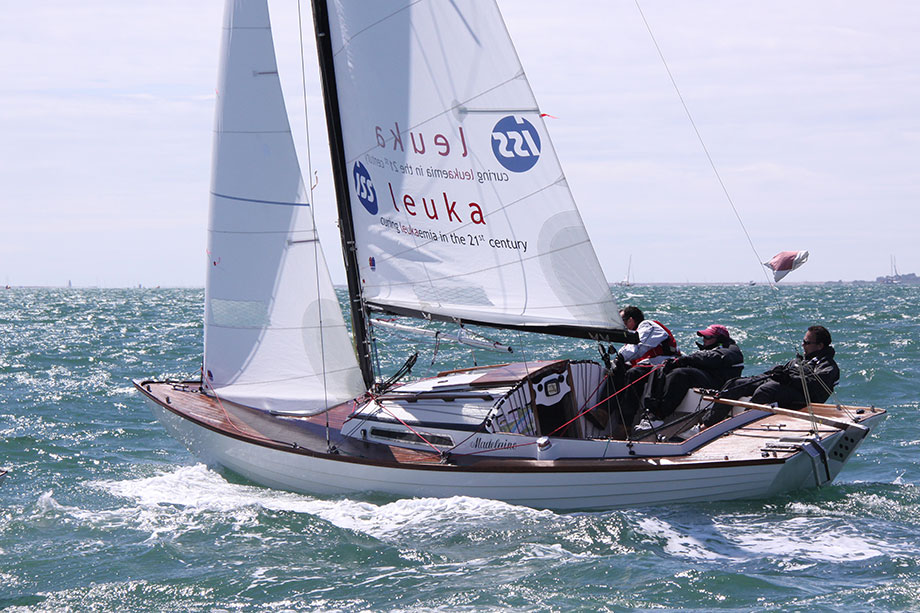
The most outstanding Nordic Folkboat under IRC has undoubtedly been GBR 707 Madelaine, sailed by Ed Donald. Remarkably, Madelaine has won the RTI twice in the last sixteen years (2007, 2014) and she has finished second on five occasions. Madelaine has been in the top five finishers in ten out of the past sixteen years. Unfortunately, in 2016 she lost her mast off St. Catherine’s point, whilst under spinnaker and in 2020 there was no RTI due to Covid.
Within the Folkboat Class, the outstanding boat is GBR 718 Crackerjack, followed closely by GBR 652 Stralende.
It is interesting to compare the Folkboat Class results with those of IRC Division 3D, in which the Nordic Folkboats compete under IRC. The RTI Folkboat Class generally starts 20 to 30 minutes after IRC Div 3D. The wind conditions at the start and the tidal gate at the Needles will always be slightly different. A direct comparison between the Nordic Folkboats in the Folkboat Class, and those in IRC must bear this in mind. Nevertheless, in many years the leading boats in the Folkboat Class have recorded elapsed times that would have put them comfortably into the prizes under IRC.
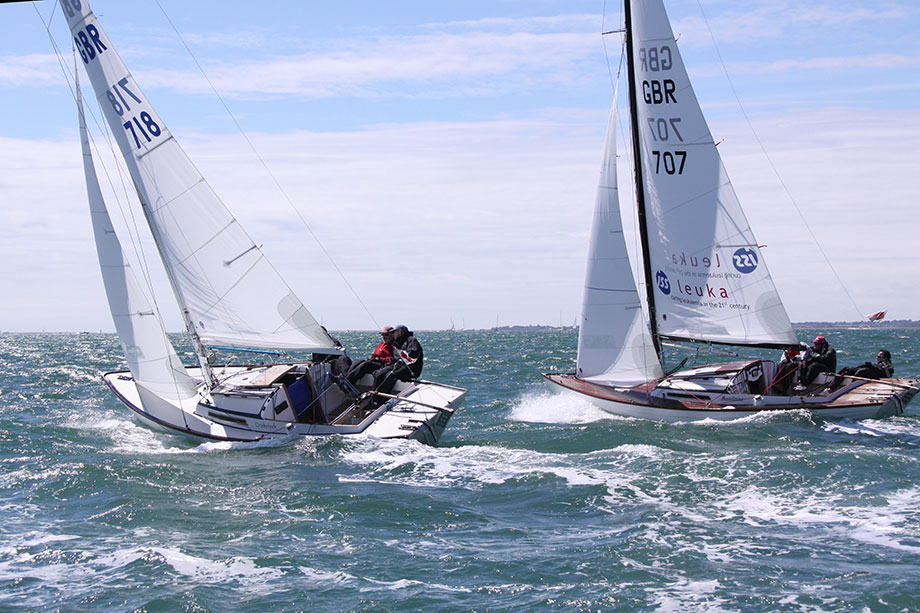
International Folkboat Regatta 2022
The 2022 UK Folkboat Association International Regatta at the Royal Lymington Yacht Club will include the UK Nordic Nationals and Walcon Cup from Saturday 17 to Sunday 18 September and the Sessan Cup from Tuesday 20 to Thursday 22 September. Five days of racing are planned in Christchurch Bay during the regatta week, along with a sensational week of socials, celebrating the 80th anniversary of the Nordic Folkboat and the centenary of the Royal Lymington Yacht Club.
Entry is now open for the International Regatta, sponsored by Spencers of the New Forest and supported by Yacht Havens, Walcon Marine, SoResource Management, Folkboats UK and the UK Folkboat Association. Enter online at rlymyc.org.uk/folkboat-nationals-sessan
For more information about the 2022 UK Folkboat Association International Regatta, contact Sailing Manager, Vicky Leen, at Royal Lymington Yacht Club on 01590 672677 or sail@rlymyc.org.uk.







